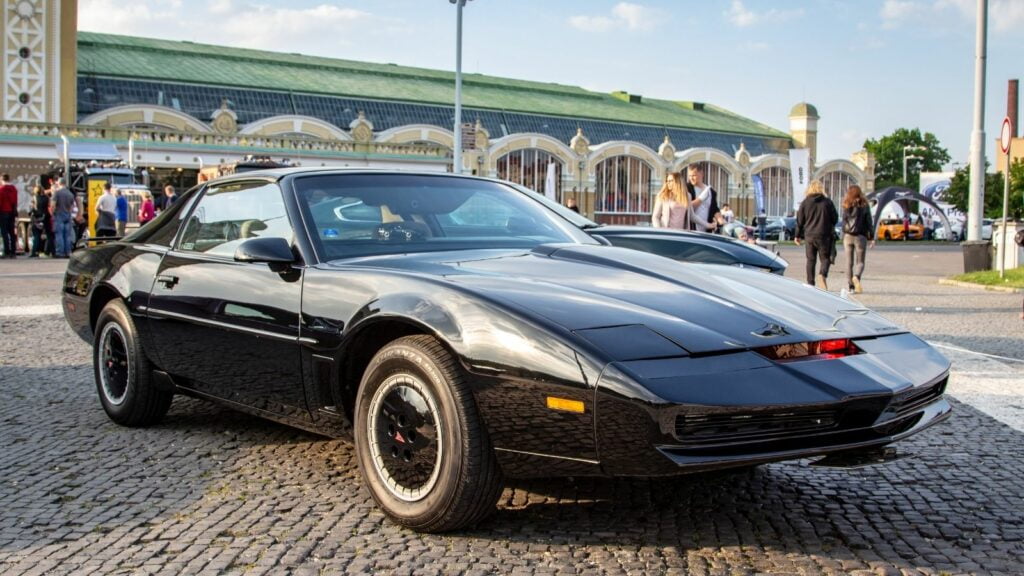For car enthusiasts, the appeal of a vintage sports car is timeless. These classics represent a perfect fusion of art and engineering crafted in an era when cars were designed with personality and performance. Here are 24 classic sports cars that never lose their appeal. They continue to turn heads and inspire dreams with each generation.
1961 Jaguar E Type
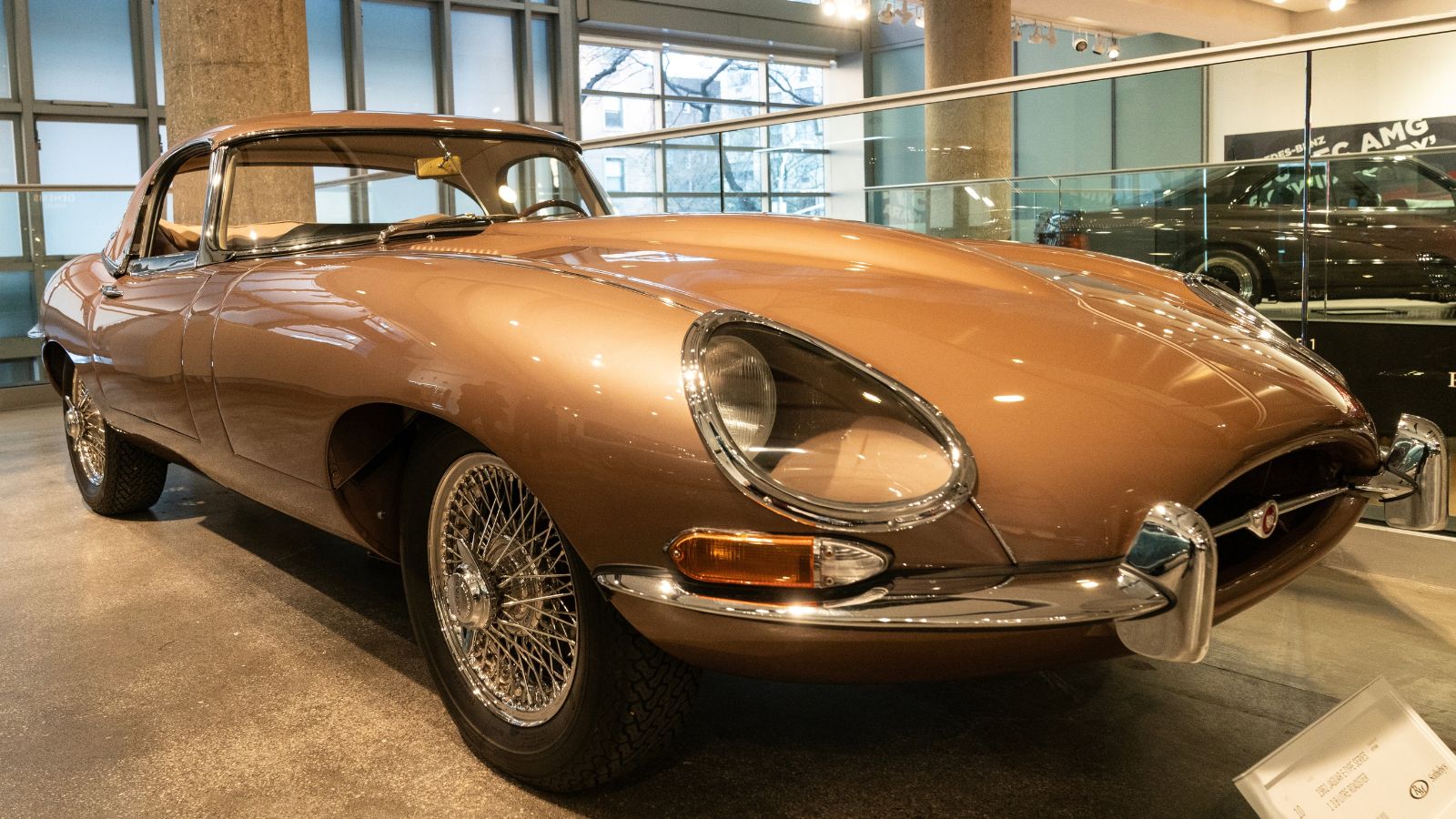
Launched in 1961, the Jaguar E Type blends speed, style, and sophistication. It was a marvel of its time, boasting a 3.8L inline-six engine capable of reaching 150 mph. Malcolm Sayer designed this masterpiece, which applied aerodynamics principles usually reserved for aircraft, resulting in a sleek, elongated body with curves. The E Type has leather-trimmed bucket seats, a wood-rimmed steering wheel, and chrome accents. Known for its 0 to 60 mph time of 6.7 seconds, the E Type remains a symbol of elegance and speed.
1964 Ferrari 250 GTO
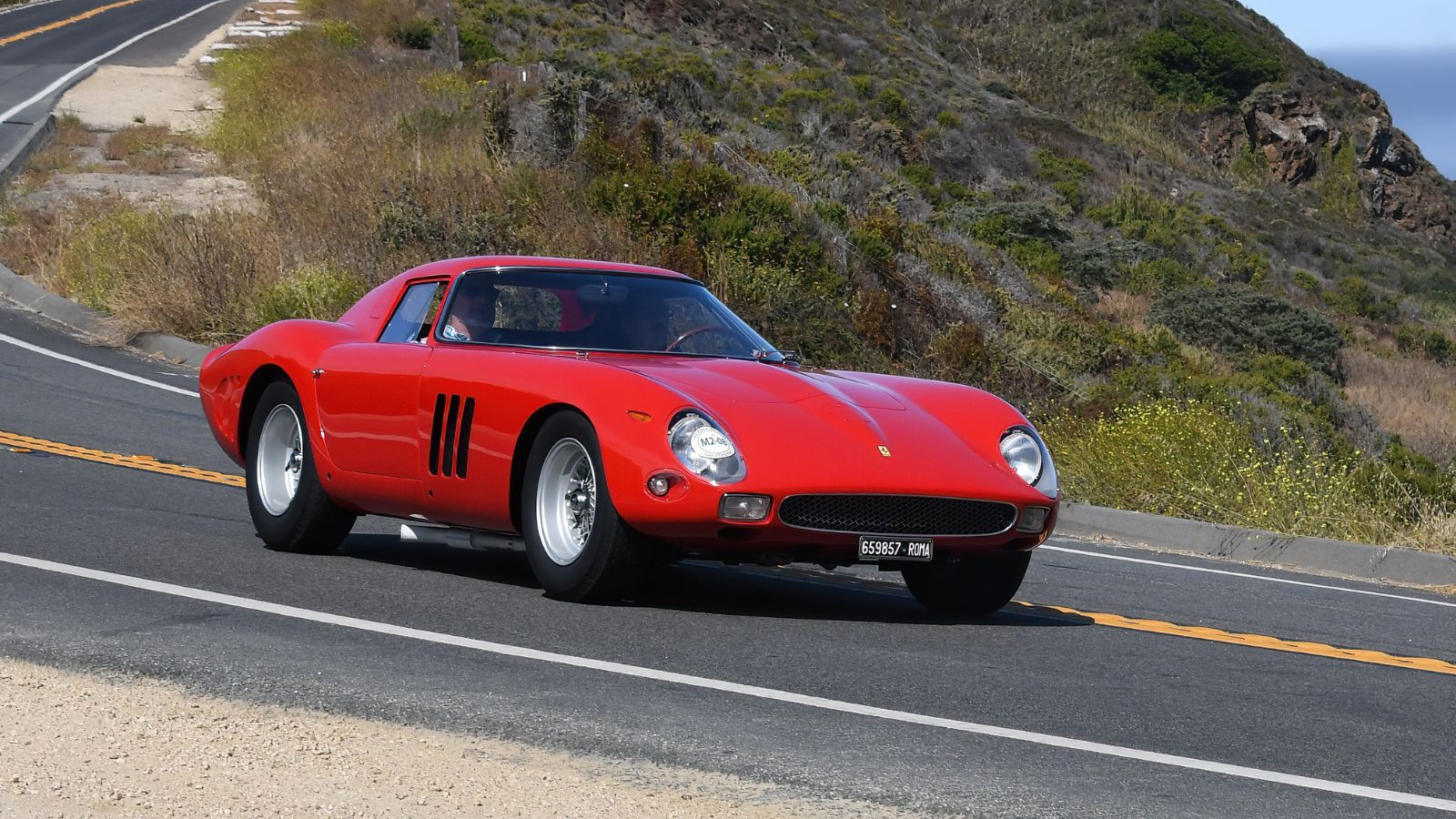
The Ferrari 250 GTO is often hailed as one of the greatest sports cars ever created, with only 36 units built between 1962 and 1964. Giotto Bizzarrini’s 3.0L V12 engine roars with an unmatched 300-hp output. The car’s spartan interior is about function, featuring simplistic racing seats and a no-nonsense dashboard. It reaches 0 to 60 mph in just 5.4 seconds, and even decades later, the 250 GTO’s exclusivity and racing pedigree make it one of the most desirable cars in the world.
1965 Ford Mustang GT
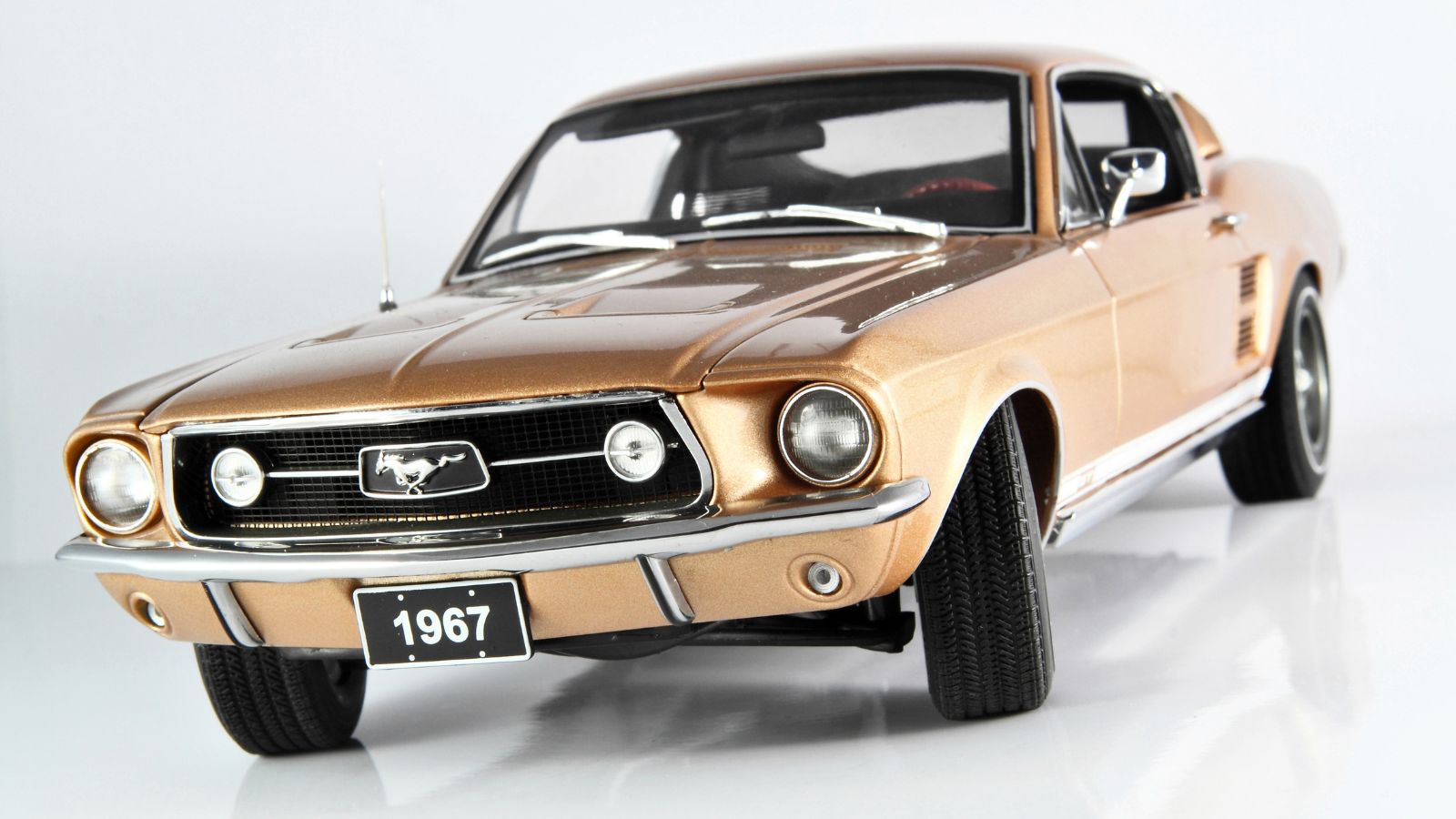
The 1965 Ford Mustang GT sparked a cultural movement in the US with its powerful 4.7L V8 engine and distinct pony car styling. Designed under Lee Iacocca’s guidance, this car married affordability with the American muscle experience, making sports cars accessible to the masses. The cabin is filled with vintage charm, featuring classic bucket seats and a straightforward dash design that reflects the car’s no-frills, all-thrills approach. With a 0 to 60 mph time of 6.9 seconds, the Mustang GT cemented its place as an American icon.
1953 Chevrolet Corvette C1
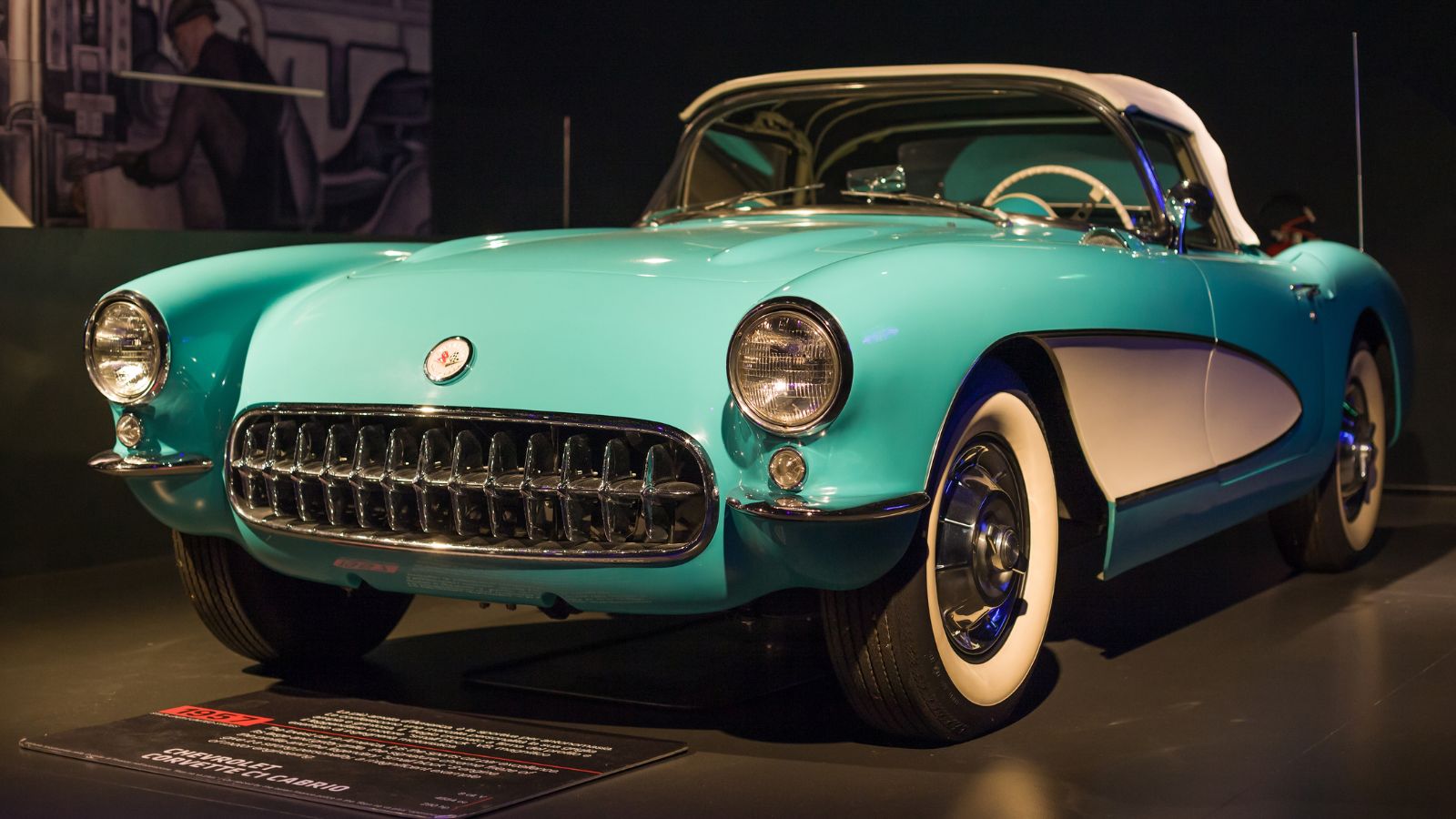
The 1953 Corvette C1 was America’s answer to the European-dominated sports car scene. Packing a 3.9L inline-six engine, this first-generation Corvette brought a touch of European elegance stateside. Harley Earl’s sleek design included a minimalist interior with dual-tone seats and a driver-focused dash. Though it takes 11 seconds to hit 0 to 60 mph, the C1’s charm lies in its historical significance as the first true American sports car.
1966 Shelby Cobra 427
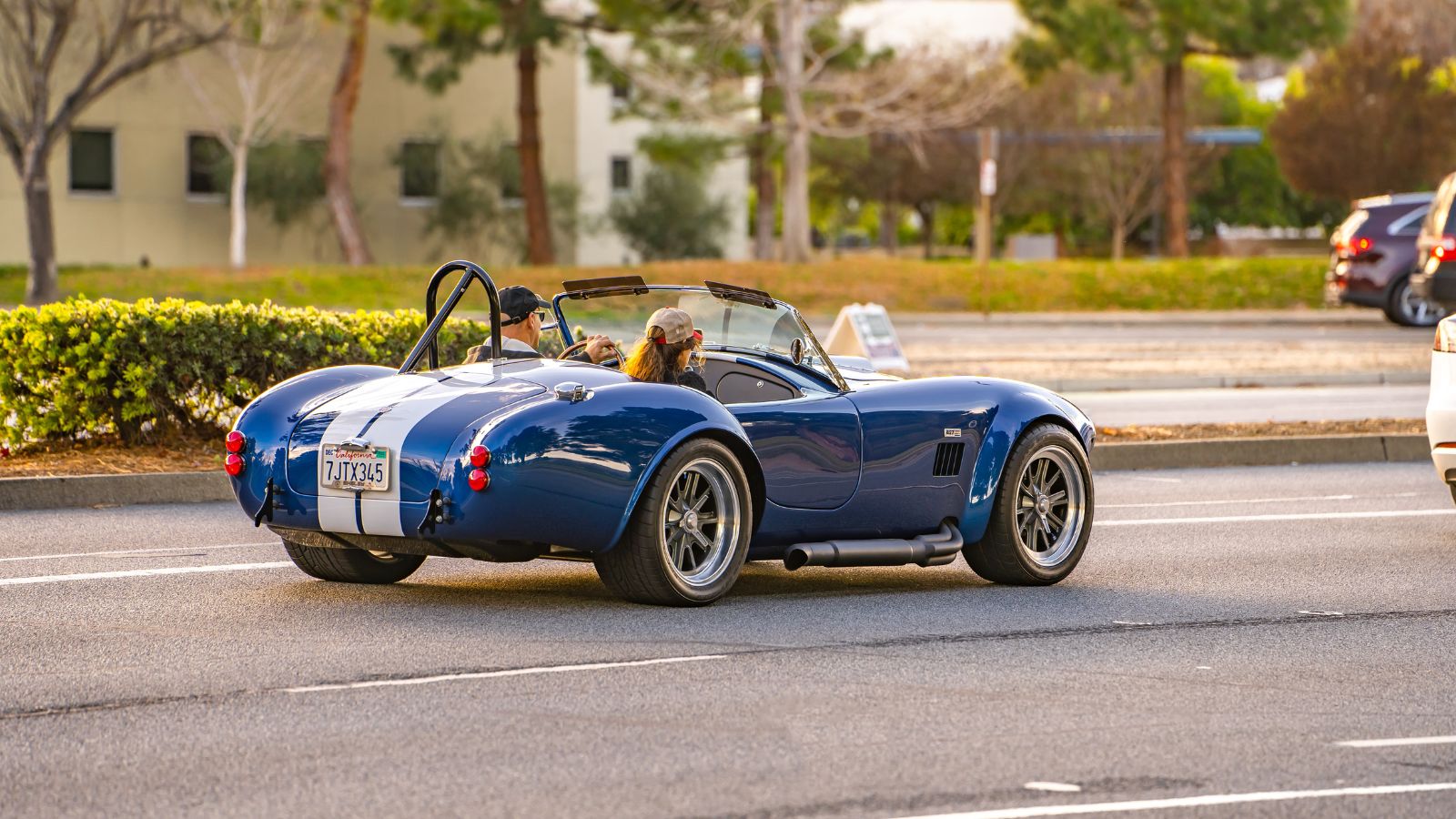
Born from Carroll Shelby’s vision, the Shelby Cobra 427 combined American muscle with British agility. This 7.0L V8 powerhouse was built to conquer both road and track, offering brutal acceleration with a 0 to 60 mph time of just 4.2 seconds. The interior reflects Shelby’s commitment to performance, with little beyond basic instruments, bucket seats, and a race-focused layout.
1974 Lamborghini Countach LP400
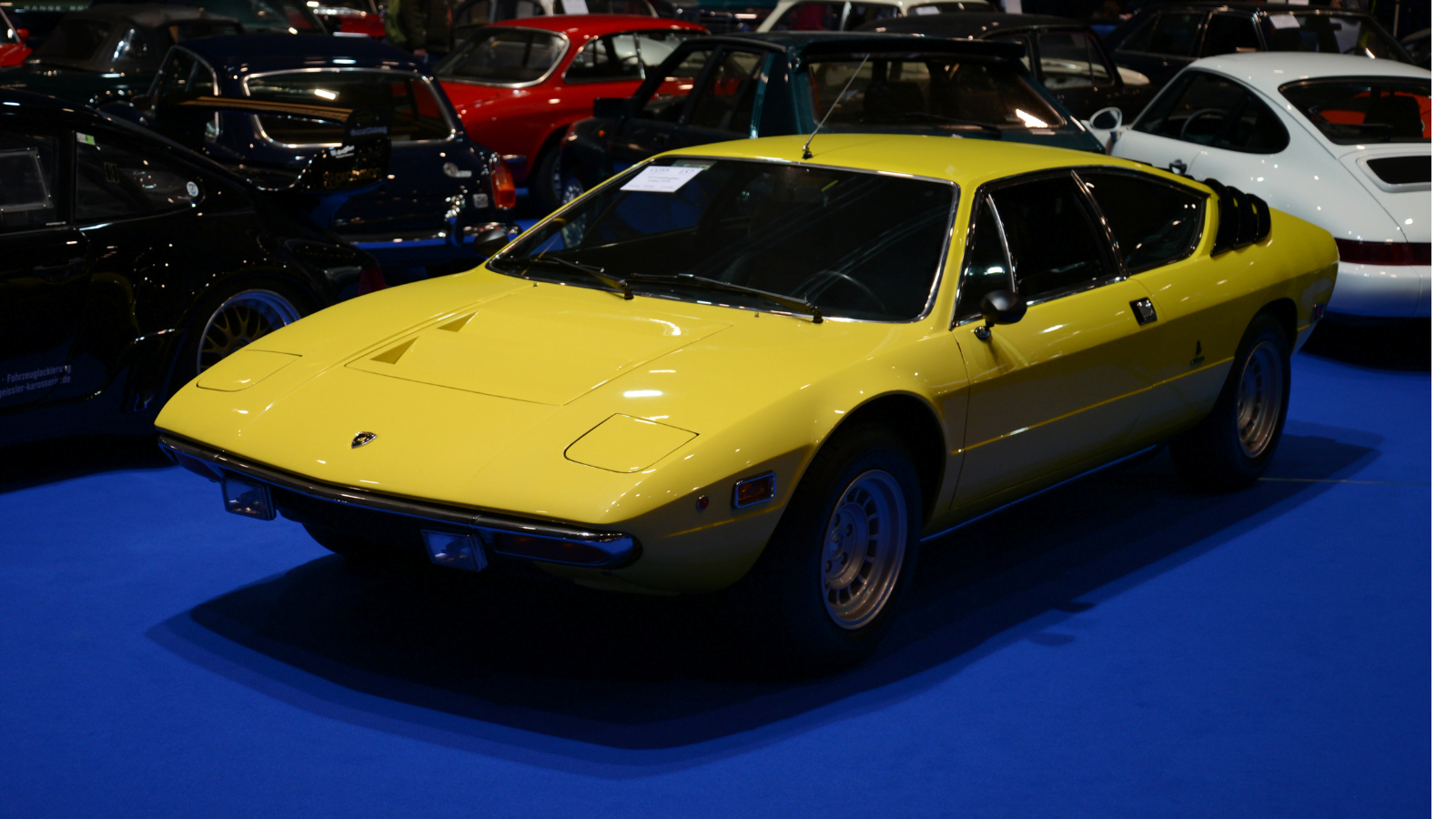
If there ever was a car that embodied the spirit of the 1970s, it’s the Lamborghini Countach LP400. Designed by Marcello Gandini, this model introduced the wedge-shaped angular design that has since become iconic. Underneath its futuristic body lies a 4.0L V12 engine that provides thrilling acceleration with a 0 to 60 mph of 5.6 seconds. Inside, the Countach offers retro bucket seats and a dash layout that feels more like a jet cockpit than a car.
1971 Datsun 240Z
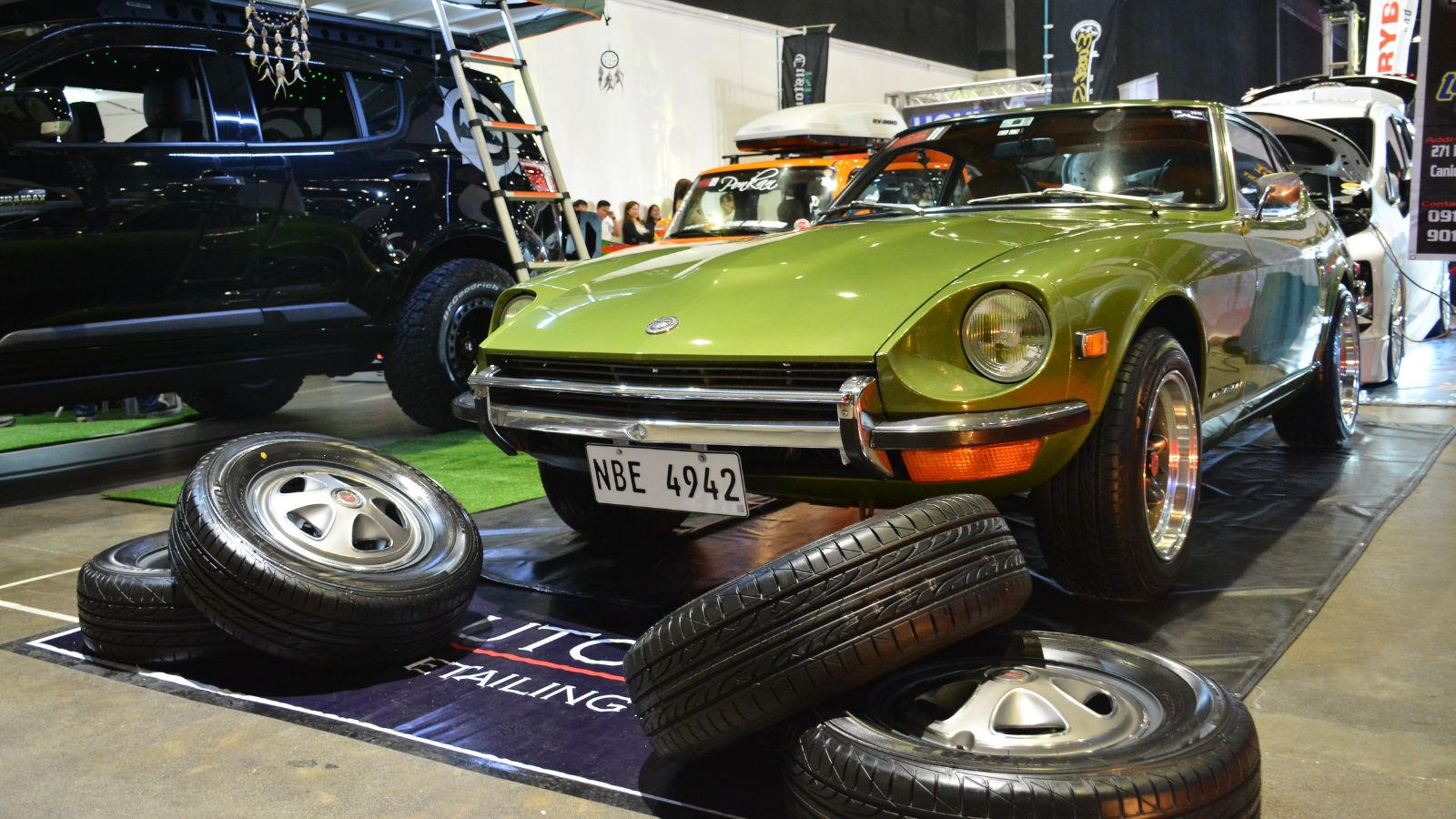
The Datsun 240Z offered sports car performance at a fraction of the price, making it a breakthrough for Japanese engineering. Powered by a 2.4L inline-six engine, Yoshihiko Matsuo designed the 240Z to compete with European models, and it delivered both in style and speed. With a respectable 0 to 60 mph time of 8 seconds, the 240Z brought reliability and flair, carving a permanent place for Japanese sports cars on the global stage.
1954 Mercedes Benz 300SL Gullwing
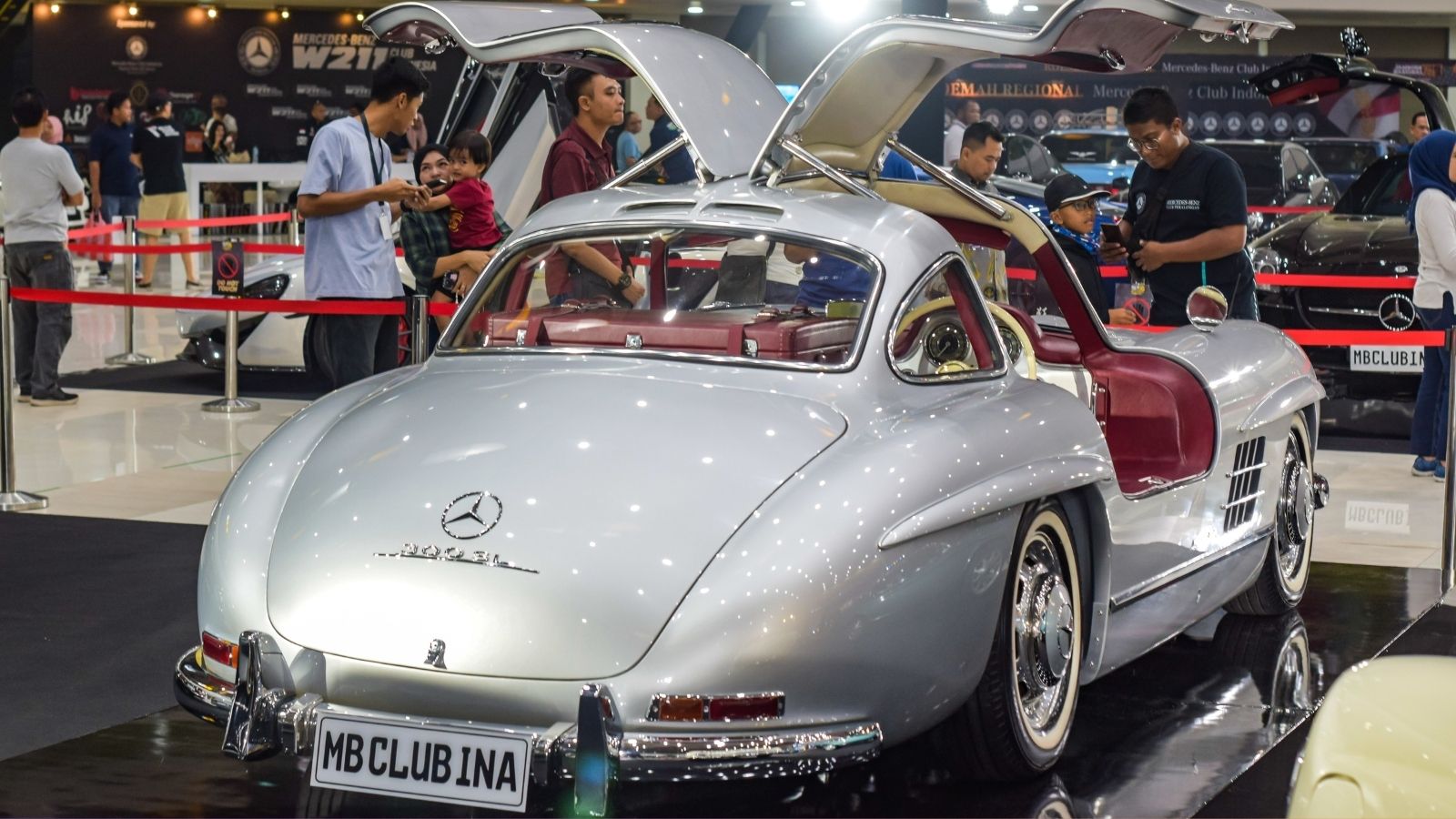
A masterpiece in every sense, the Mercedes-Benz 300SL Gullwing featured a 3.0L inline-six engine and the world’s first fuel injection system in a production car. Designed by Friedrich Geiger, its distinctive upward-opening doors made it an instant classic. Inside, it’s pure luxury with finely stitched leather seats, polished metal accents, and an overall elegance that feels timeless. Achieving 0 to 60 mph in 7.4 seconds, the 300SL is more than a car; it’s a piece of art in motion.
1968 Porsche 911
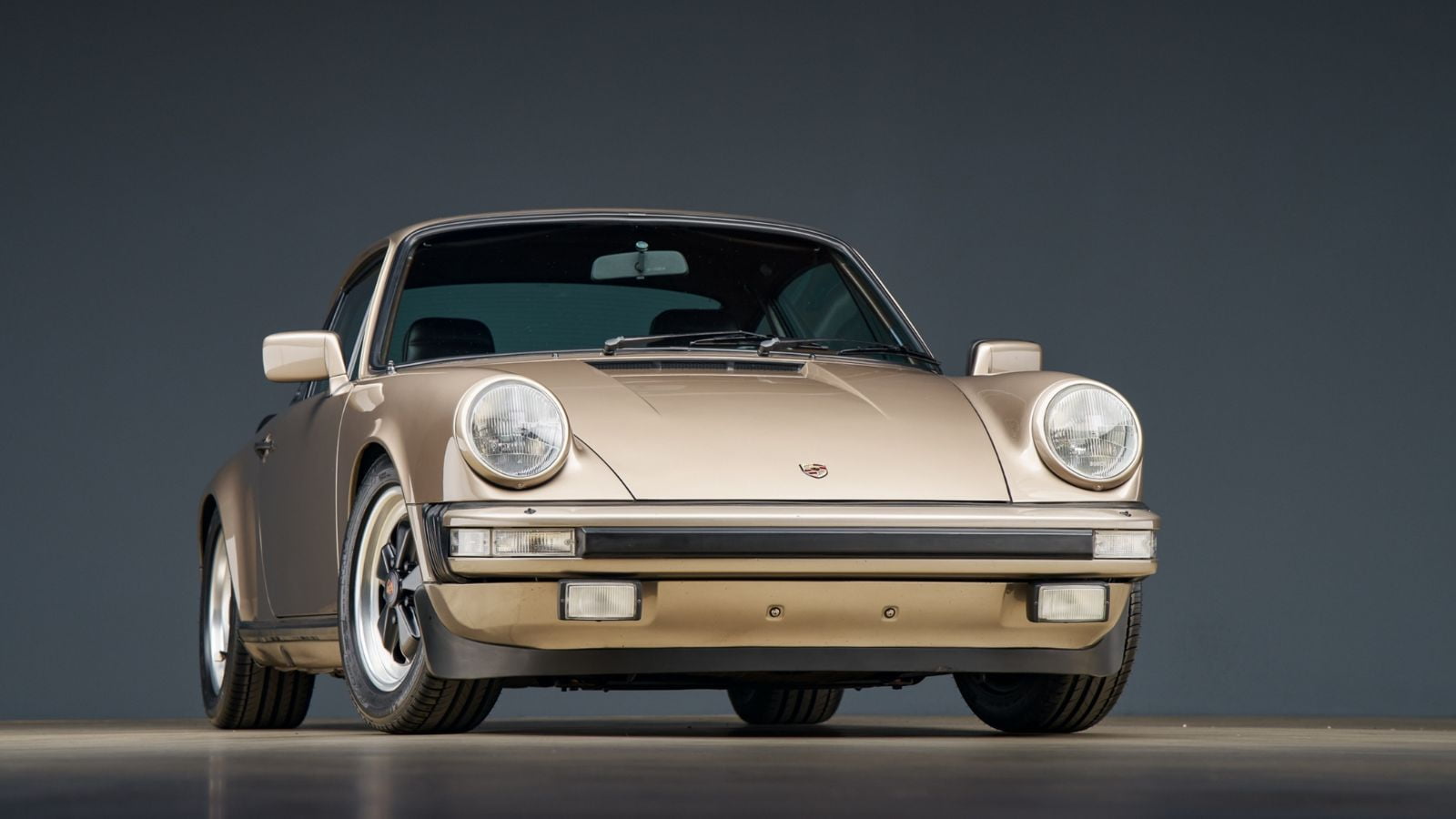
No list of classic sports cars is complete without the Porsche 911 launched in 1968. This rear engine marvel packs a 2.0L flat-six engine with a signature perfectly balanced handling. Designed by Ferdinand “Butzi” Porsche, the 911’s interior is all about efficiency with an understated, functional design that puts everything within reach. It may take 8.3 seconds to hit 0 to 60 mph, but the 911 car rewards drivers with every curve.
1963 Aston Martin DB5
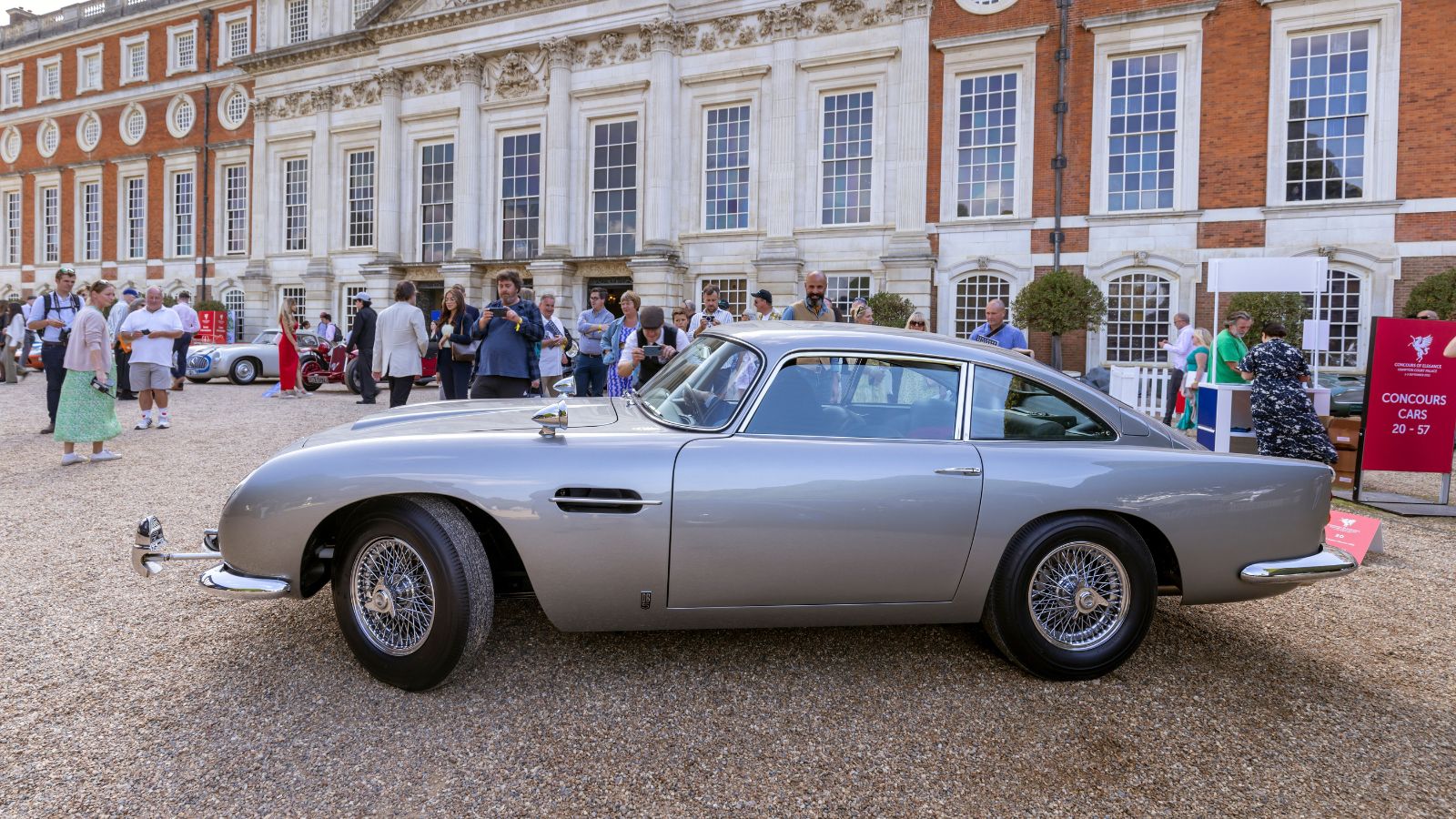
When James Bond chose the Aston Martin DB5, it was clear this car was made for legends. This model’s 4.0L inline-six engine provides a balance of performance and sophistication. Carrozzeria Touring Superleggera’s design emphasizes luxury, with plush leather seats and refined wood trim that create an atmosphere of old-world elegance. With a 0 to 60 mph time of 7.1 seconds, the DB5 is as much a gentleman’s car as a performance machine.
1973 BMW 3.0 CSL
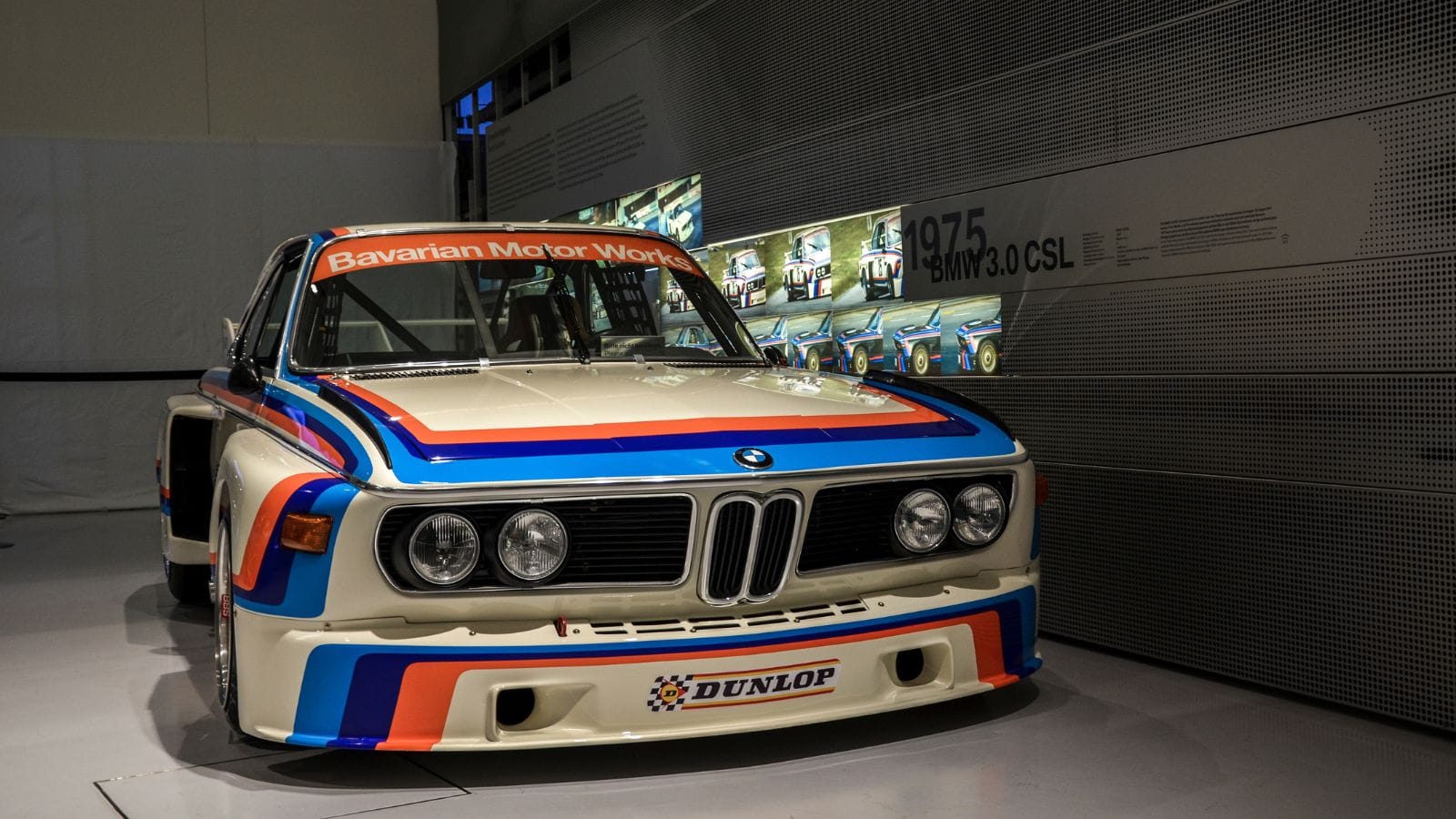
Known as the Batmobile due to its striking aero kit, the BMW 3.0 CSL marked BMW’s serious entrance into the world of performance cars. Designed by Wilhelm Hofmeister, this model featured a 3.0L inline-six engine perfect for both road and track. Inside, it had a spartan yet focused cockpit with snug bucket seats and minimalistic instrumentation emphasizing the car’s lightweight, performance-oriented ethos. With a 0 to 60 mph time of 6.8 seconds, the 3.0 CSL combined power with agility, establishing BMW as a performance powerhouse.
1971 De Tomaso Pantera
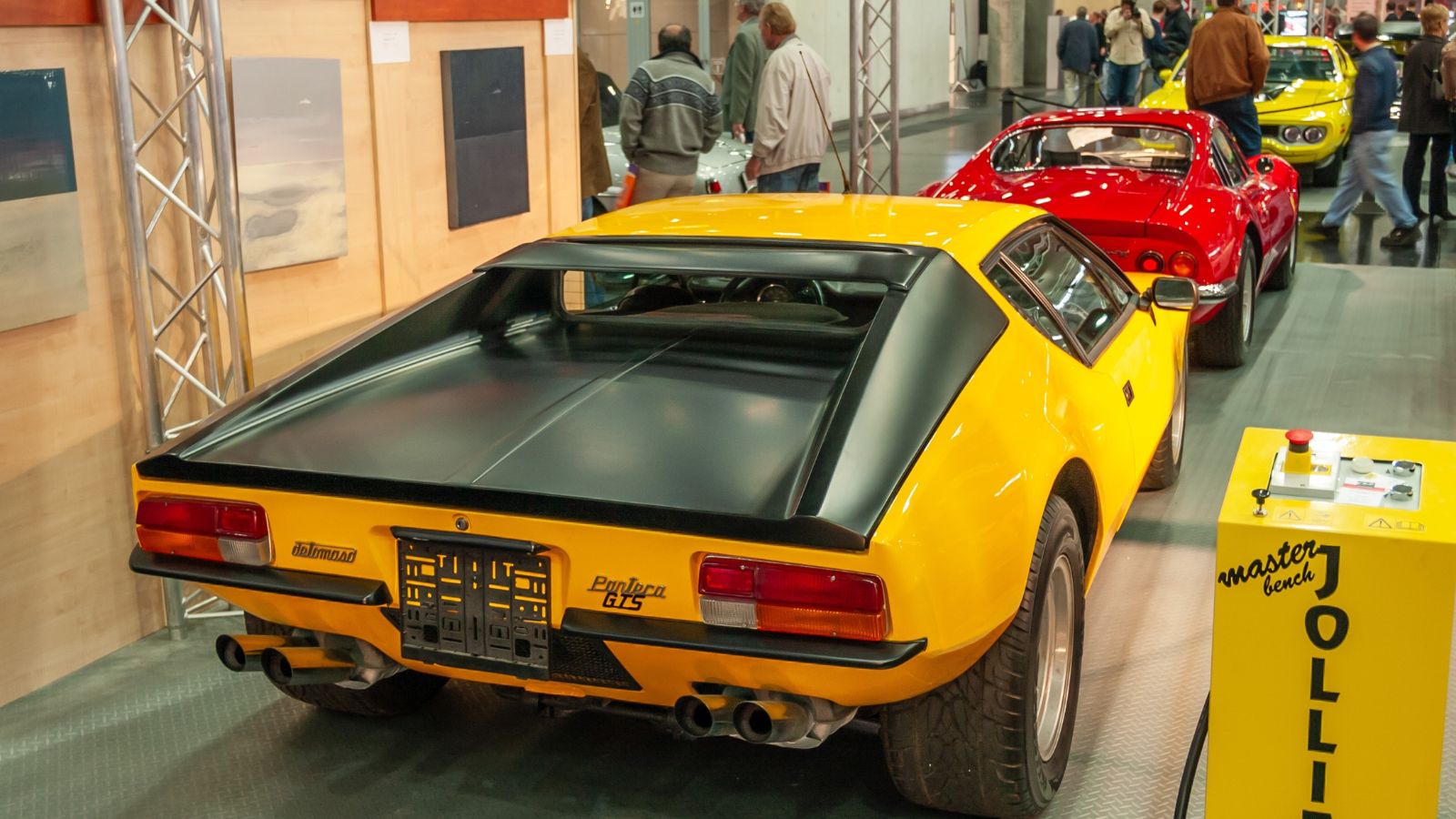
The De Tomaso Pantera fused Italian design with American muscle, boasting a 5.8L V8 engine from Ford. Designer Tom Tjaarda crafted its sleek, aggressive lines, giving it an exotic appearance. Inside, the Pantera features leather seats and a minimalist dash, creating a cockpit that feels as racy as it looks. Its 0 to 60 mph time of 5.5 seconds and unique Italian-American DNA have kept it a rare, desirable classic.
1967 Alfa Romeo 33 Stradale
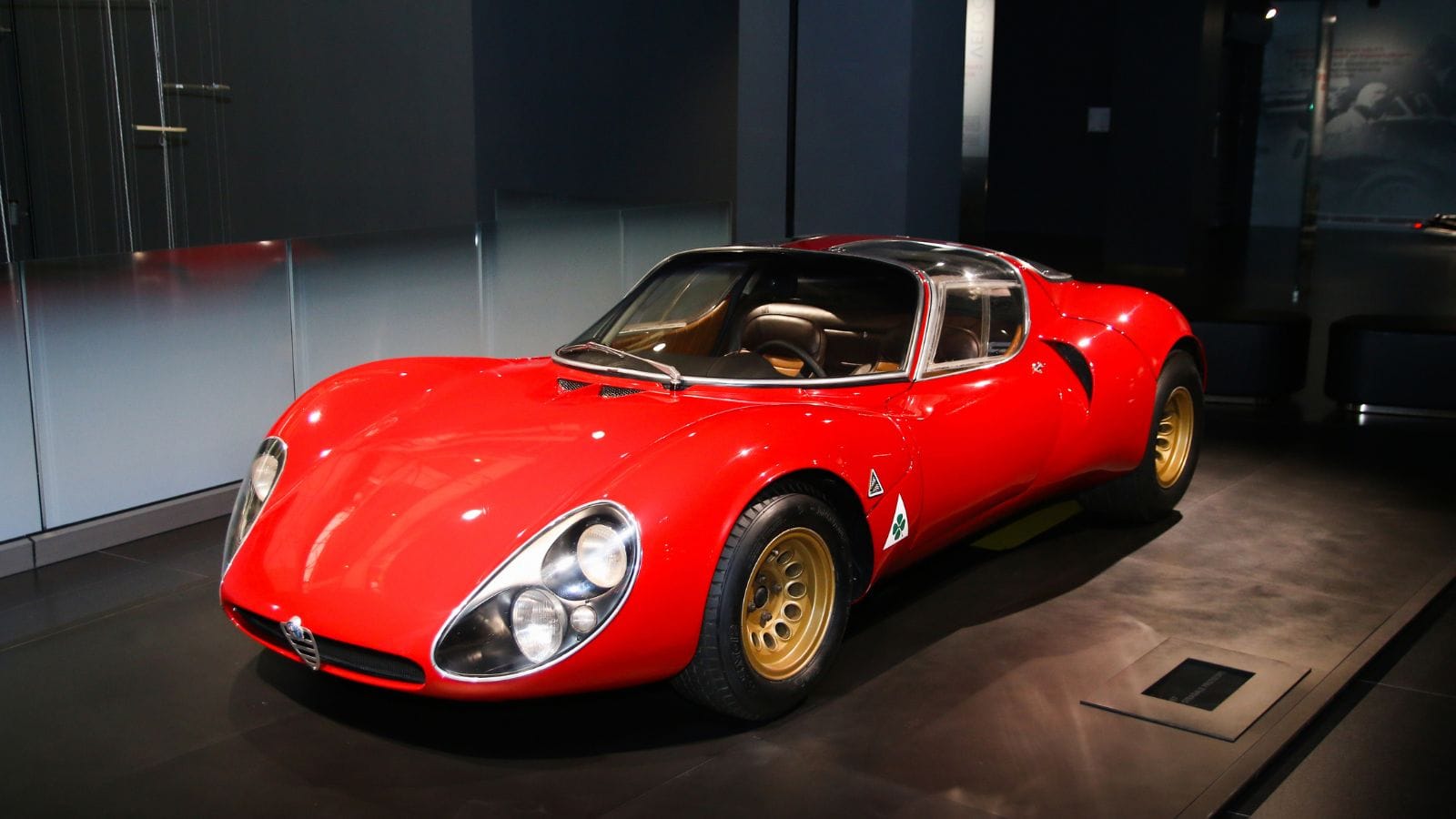
Considered one of the most beautiful cars ever made, the Alfa Romeo 33 Stradale was designed by Franco Scaglione. It packs a 2.0L V8 engine and weighs only 1,500 pounds, offering nimble high-speed thrills. Inside, the 33 Stradale is unapologetically simple, focusing on essentials with bucket seats and minimal dials. With a 0 to 60 mph time of 5.5 seconds, this rare gem blends Italian elegance with blistering performance.
1969 Dodge Charger Daytona
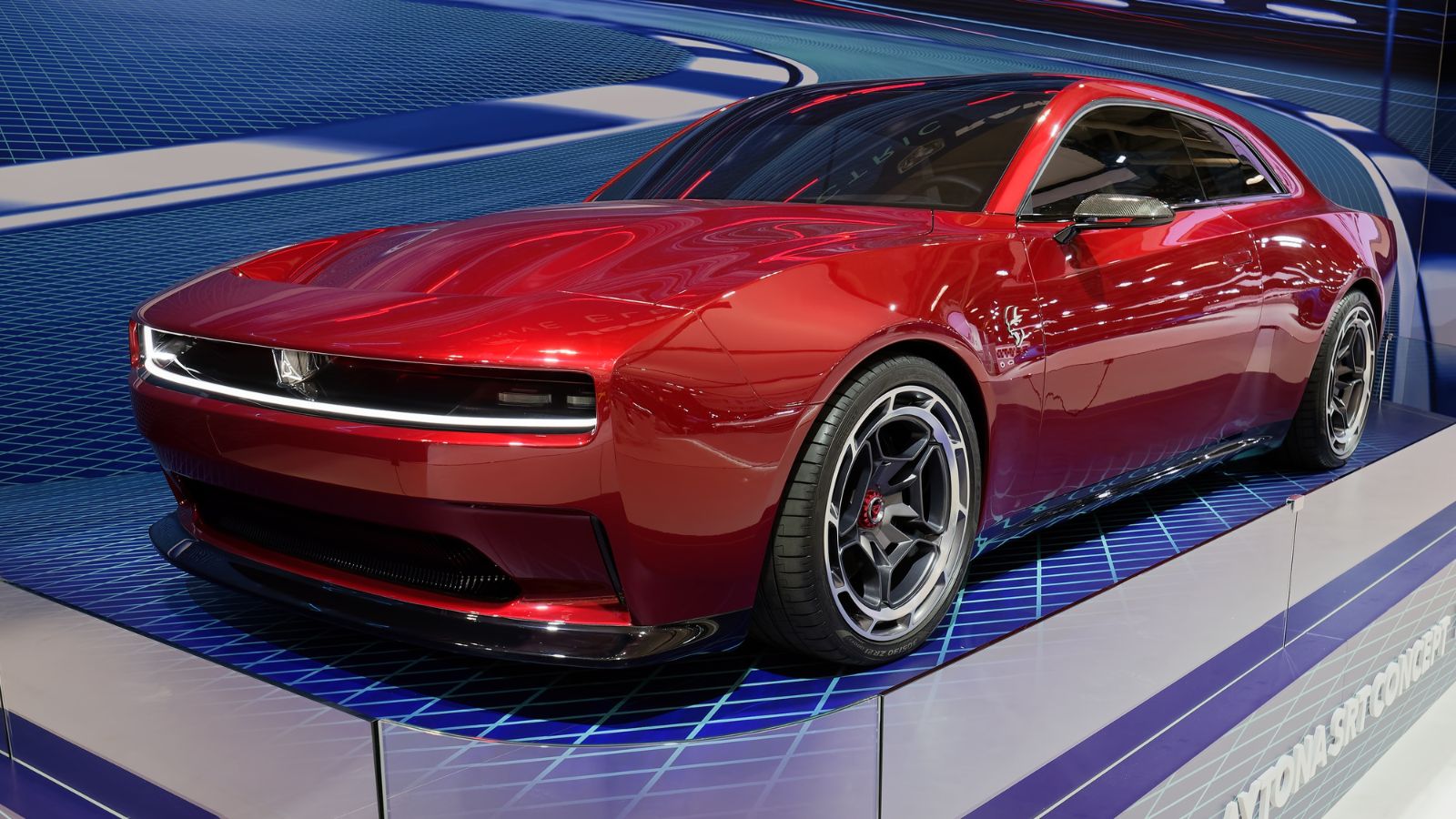
Built for NASCAR glory, the Dodge Charger Daytona featured a powerful 7.2L Hemi V8 engine. Its distinctive aerodynamic nose and high rear wing were designed to dominate the track. Inside, it offered muscle car simplicity with large seats and a straightforward dash. The Daytona’s 0 to 60 mph time of 5.4 seconds solidified its reputation and remains an iconic symbol of American automotive power.
1962 Shelby Daytona Coupe
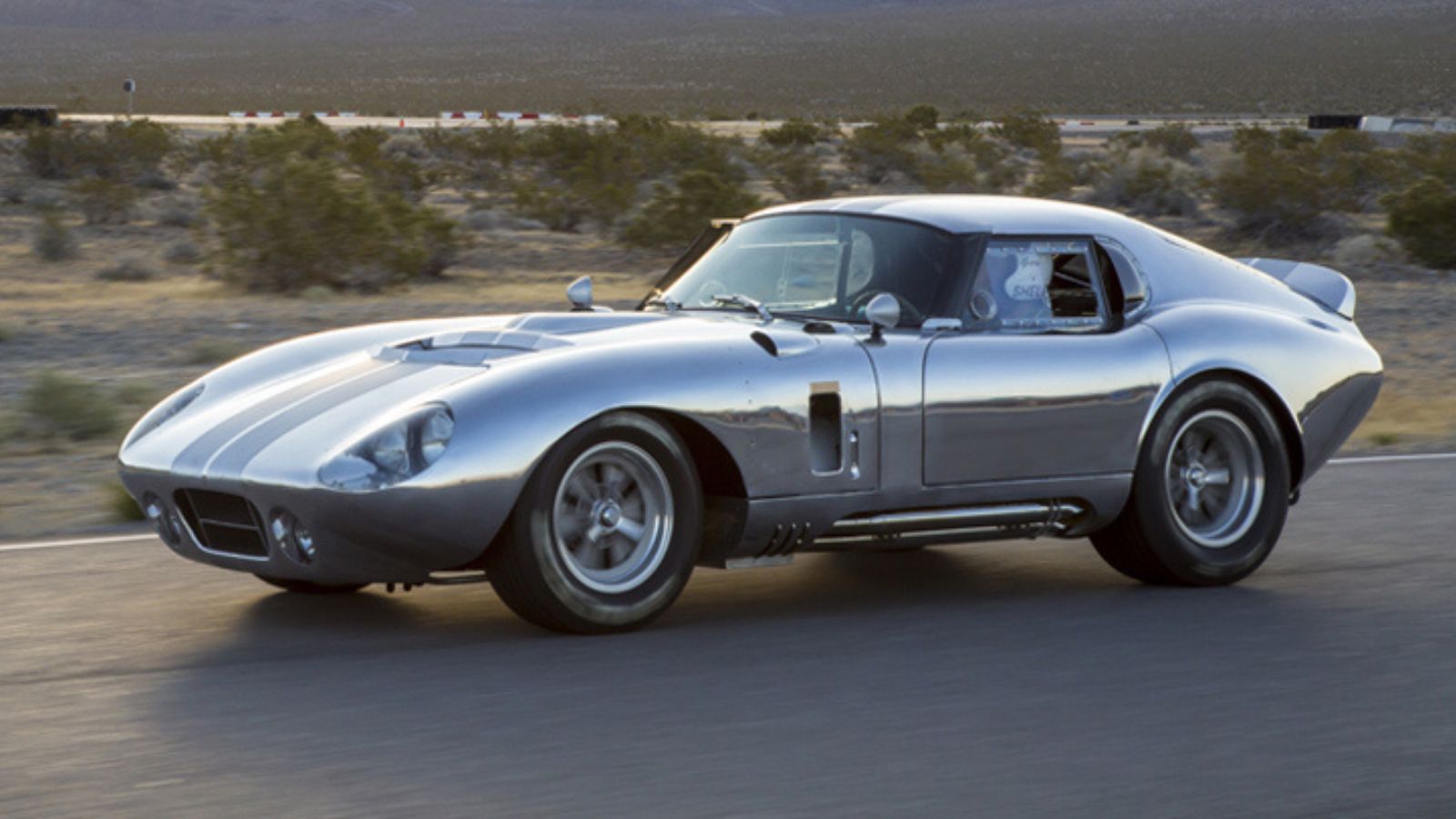
Carroll Shelby’s Daytona Coupe was designed to beat Ferrari, and it succeeded with a 4.7L V8 engine under the hood. The car’s aerodynamic body, crafted by designer Peter Brock, contributed to its high-speed capability. The interior was all business, with a Spartan race-focused layout. This track titan could go from 0 to 60 mph in 4.4 seconds, making it one of the fastest cars of its time.
1970 Plymouth Hemi ‘Cuda
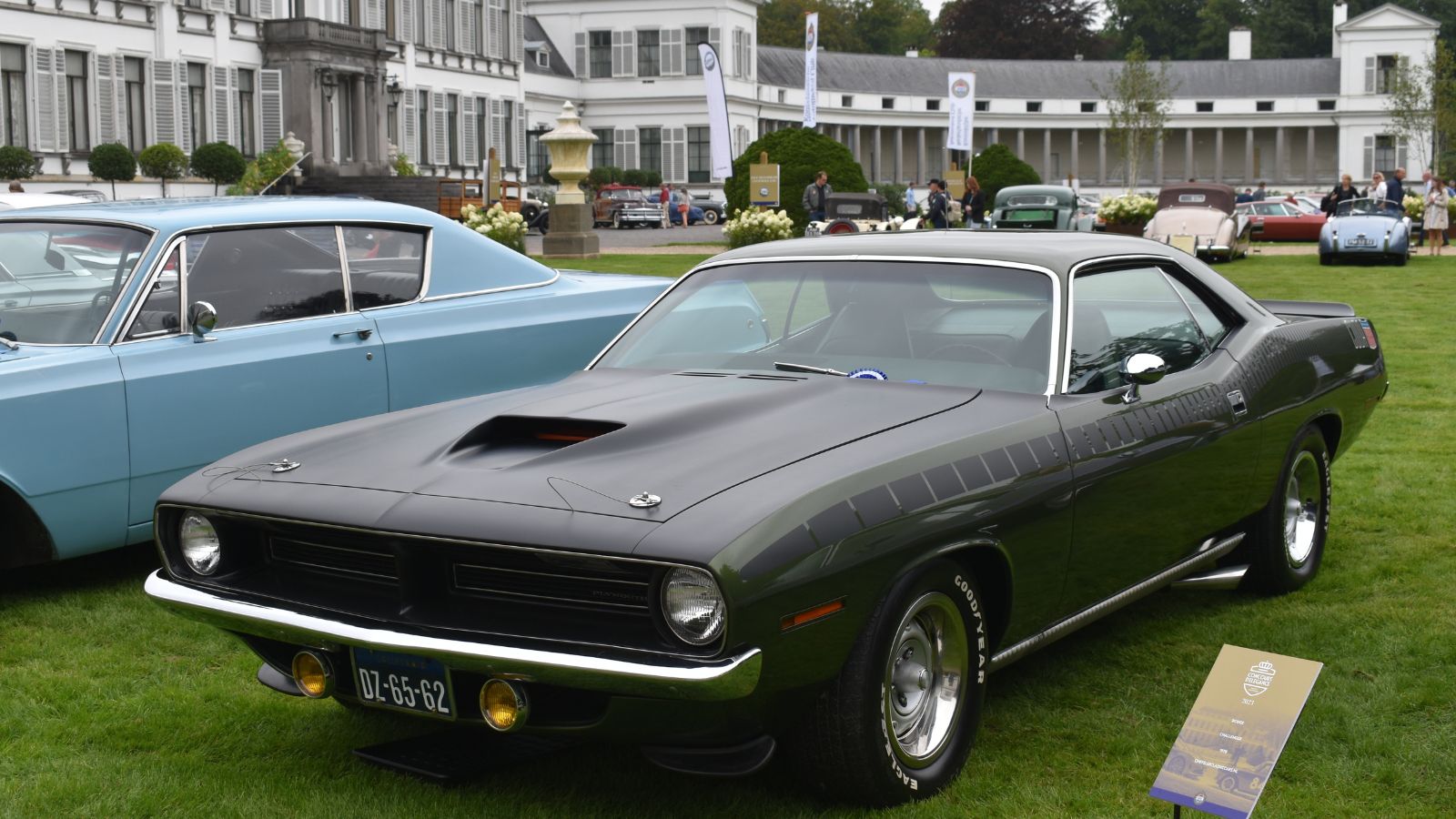
The Plymouth Hemi ‘Cuda is a muscle car icon featuring a 7.0L Hemi V8 that delivers relentless power. With its aggressive styling crafted by John E. Herlitz and an intimidating front end, the ‘Cuda was built to turn heads. Inside, it offers comfortable seats and straightforward gauges focusing on performance rather than luxury. With a 0 to 60 mph time of 5.8 seconds, this car was made for those who crave power and raw excitement.
1967 Ferrari 330 P4
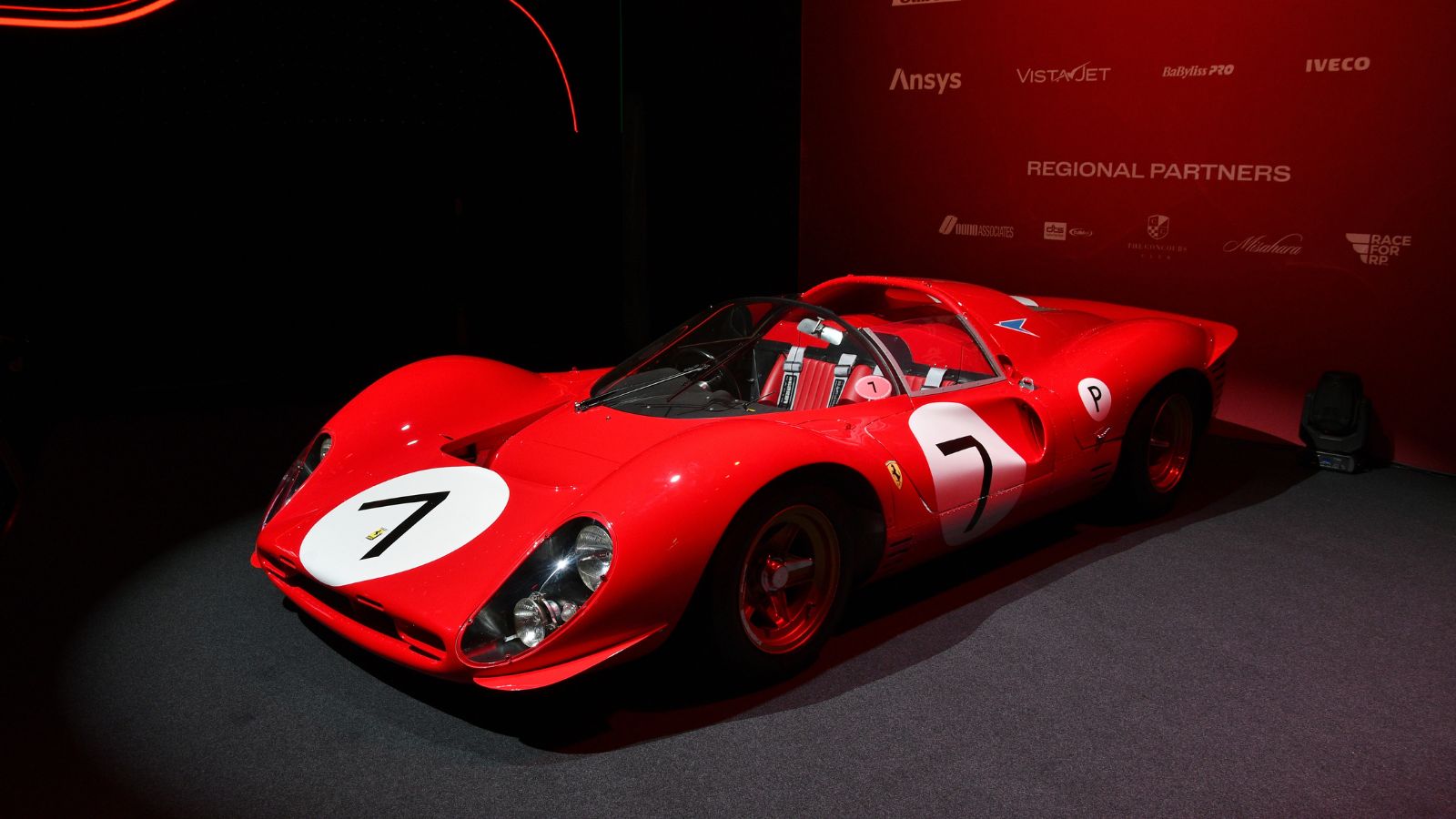
The Ferrari 330 P4 is a racing legend featuring a 4.0L V12 engine and a design by Pininfarina that’s pure automotive art. Inside, it’s all about racing efficiency with bucket seats and stripped-down controls for weight reduction. With a 0 to 60 mph time of 4.2 seconds, the 330 P4 wasn’t just fast—it was a work of art built for the track, securing Ferrari’s place in racing history.
1974 Porsche 911 Carrera RS
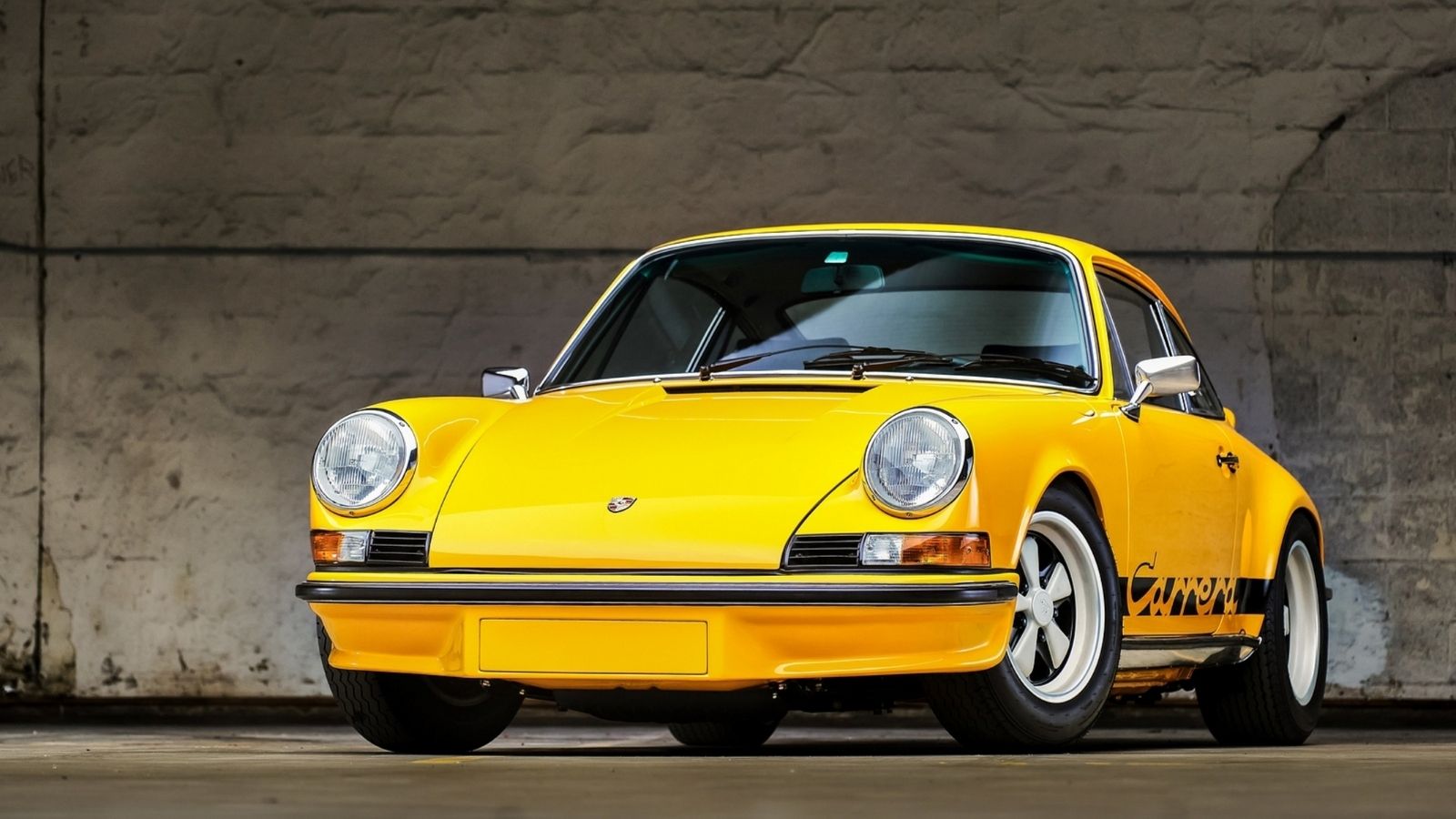
The 1974 Porsche 911 Carrera RS is celebrated for its pure driving dynamics. It features a 2.7L flat-six engine and a lightweight body. Designed by Ferdinand Porsche, its iconic “ducktail” spoiler enhances aerodynamics. Inside, the Carrera RS has a no-frills interior with bucket seats and a minimalist dash focusing on weight savings. It hits 0 to 60 mph in 5.6 seconds, embodying the essence of Porsche’s performance philosophy.
1969 Maserati Ghibli SS
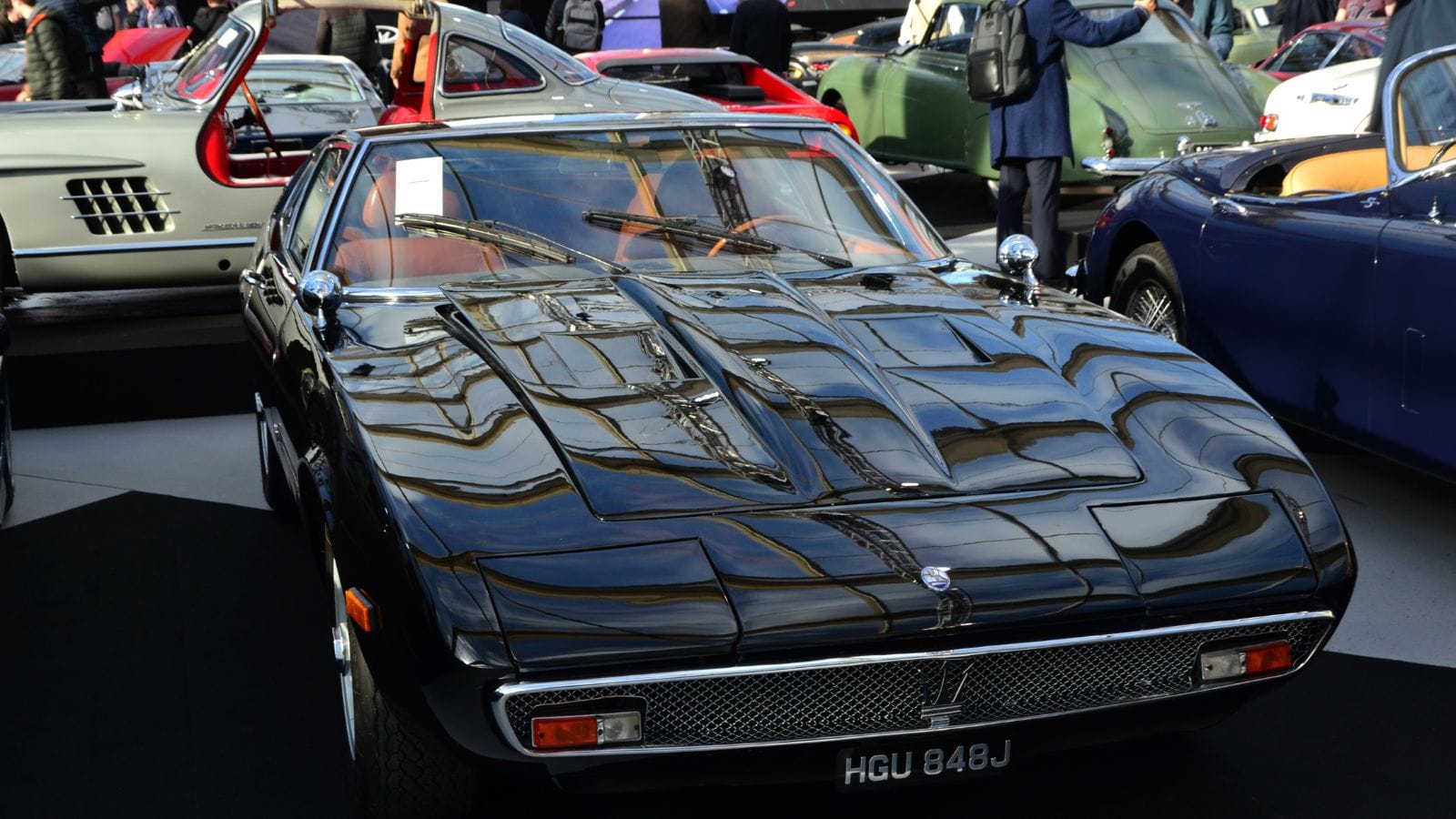
The Maserati Ghibli SS is a blend of elegance and speed powered by a 4.9L V8 engine. Designed by Giorgetto Giugiaro, its sleek, long hood profile is a hallmark of classic Italian style. Inside, the Ghibli SS offers a luxurious experience with leather seats and wood-trimmed details that balance comfort with performance. Reaching 0 to 60 mph in 6.8 seconds, this car captures the essence of Italian grand touring.
1976 Lancia Stratos

Built for rally dominance, the Lancia Stratos features a mid-mounted 2.4L V6 engine. Designed by Marcello Gandini, its compact angular body was made to handle tight, twisty roads. The interior is functional, with racing seats and a driver-focused layout. With a 0 to 60 mph time of 6.8 seconds, the Stratos is a rally icon and one of the most distinctive sports cars ever made.
1967 Toyota 2000GT
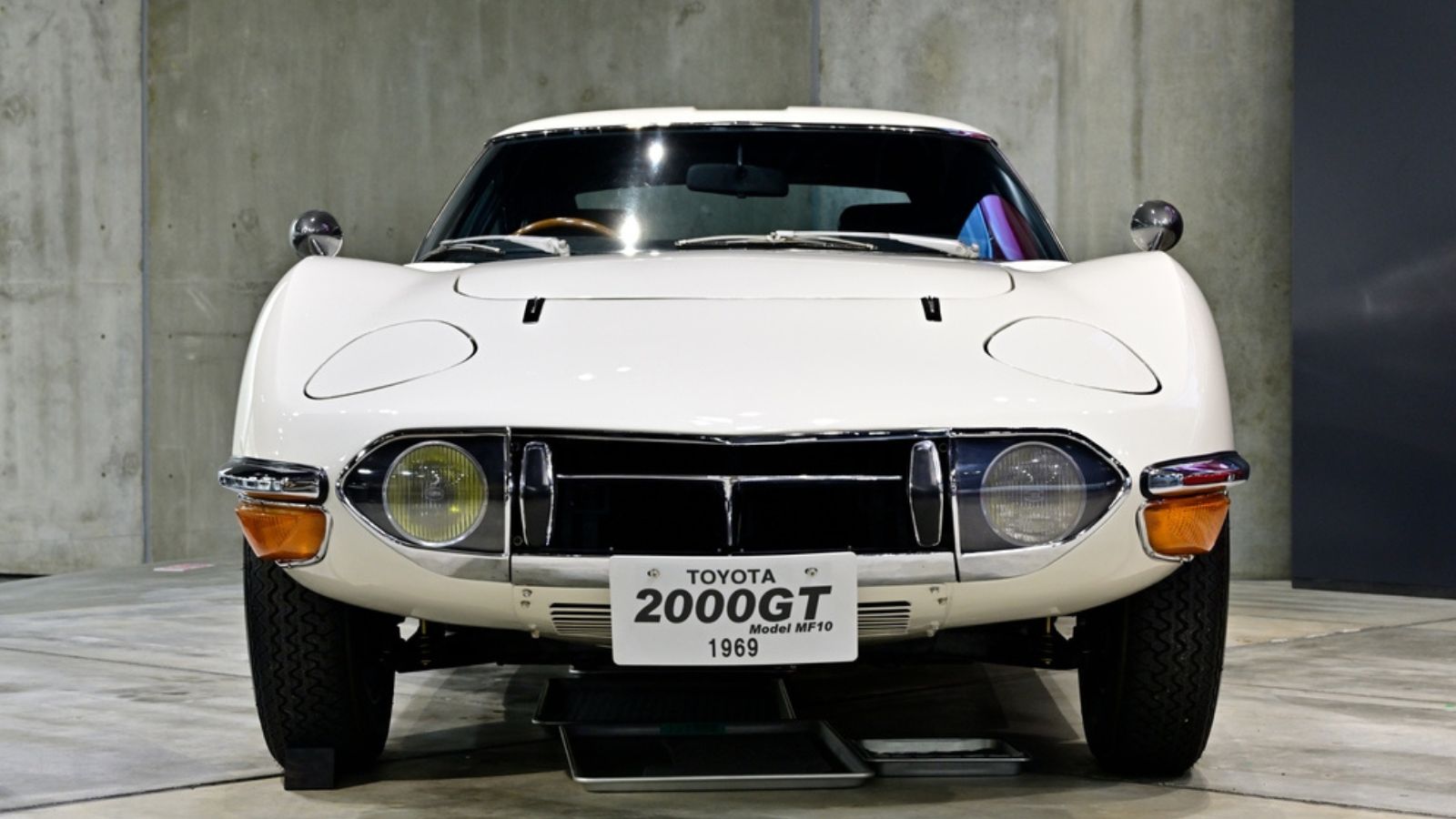
The Toyota 2000GT put Japan on the sports car map with a 2.0L inline-six engine and sleek lines designed by Satoru Nozaki. Inside, it’s surprisingly luxurious, with wood trim and leather seats that add a touch of sophistication. With a 0 to 60 mph time of 8.4 seconds, the 2000GT may not be the fastest, but its beauty and craftsmanship make it a timeless classic.
1973 Pontiac Firebird Trans Am
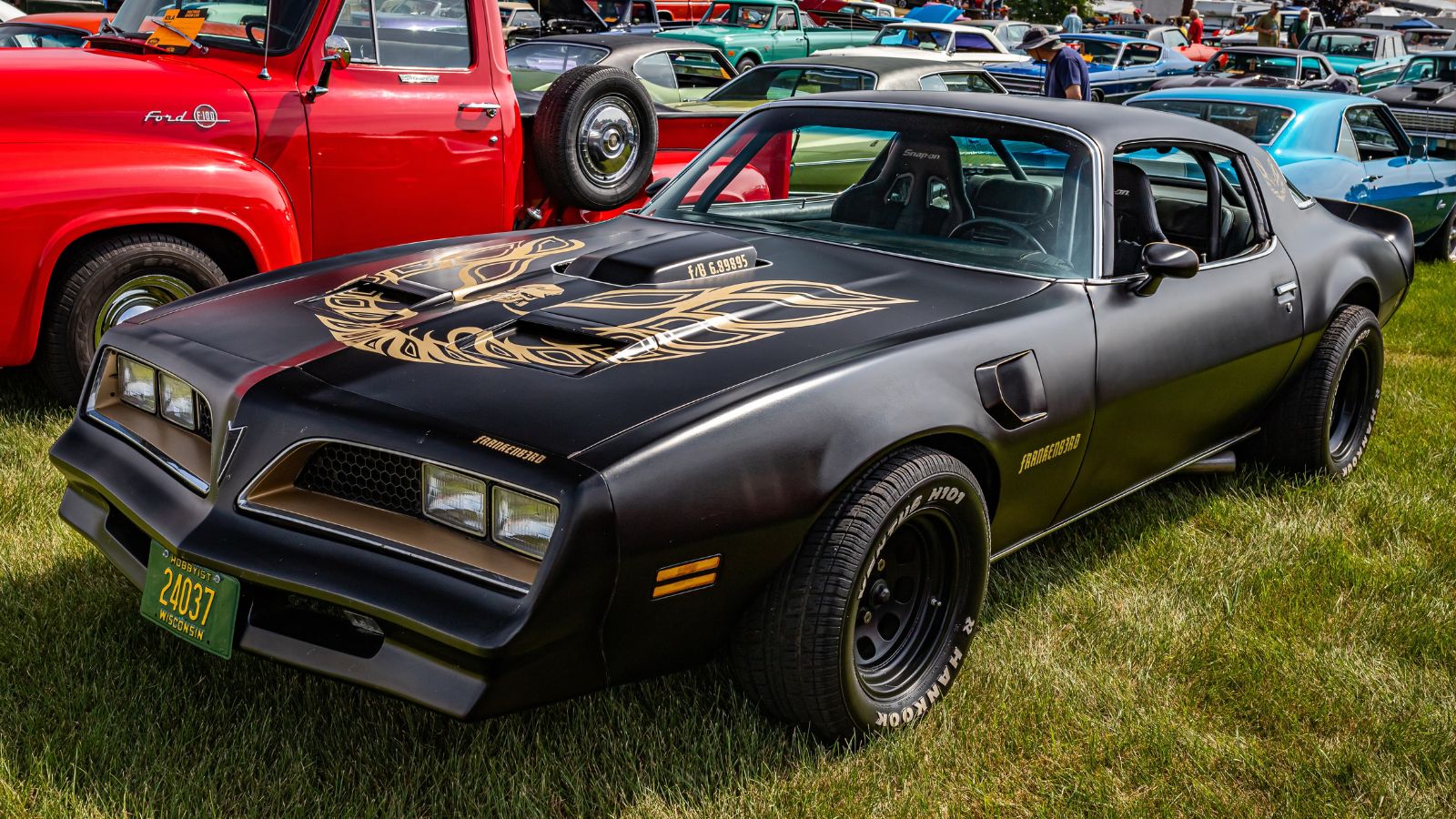
The Pontiac Firebird Trans Am became a pop culture icon. It features a 7.5L V8 engine. Designed with bold graphics and an aggressive front end, this muscle car has an attitude. It has plush seating and a driver-focused cockpit that balances comfort with performance. The Trans Am can hit 0 to 60 mph in 5.4 seconds, making it a staple of American muscle.
1959 Aston Martin DB4 GT Zagato
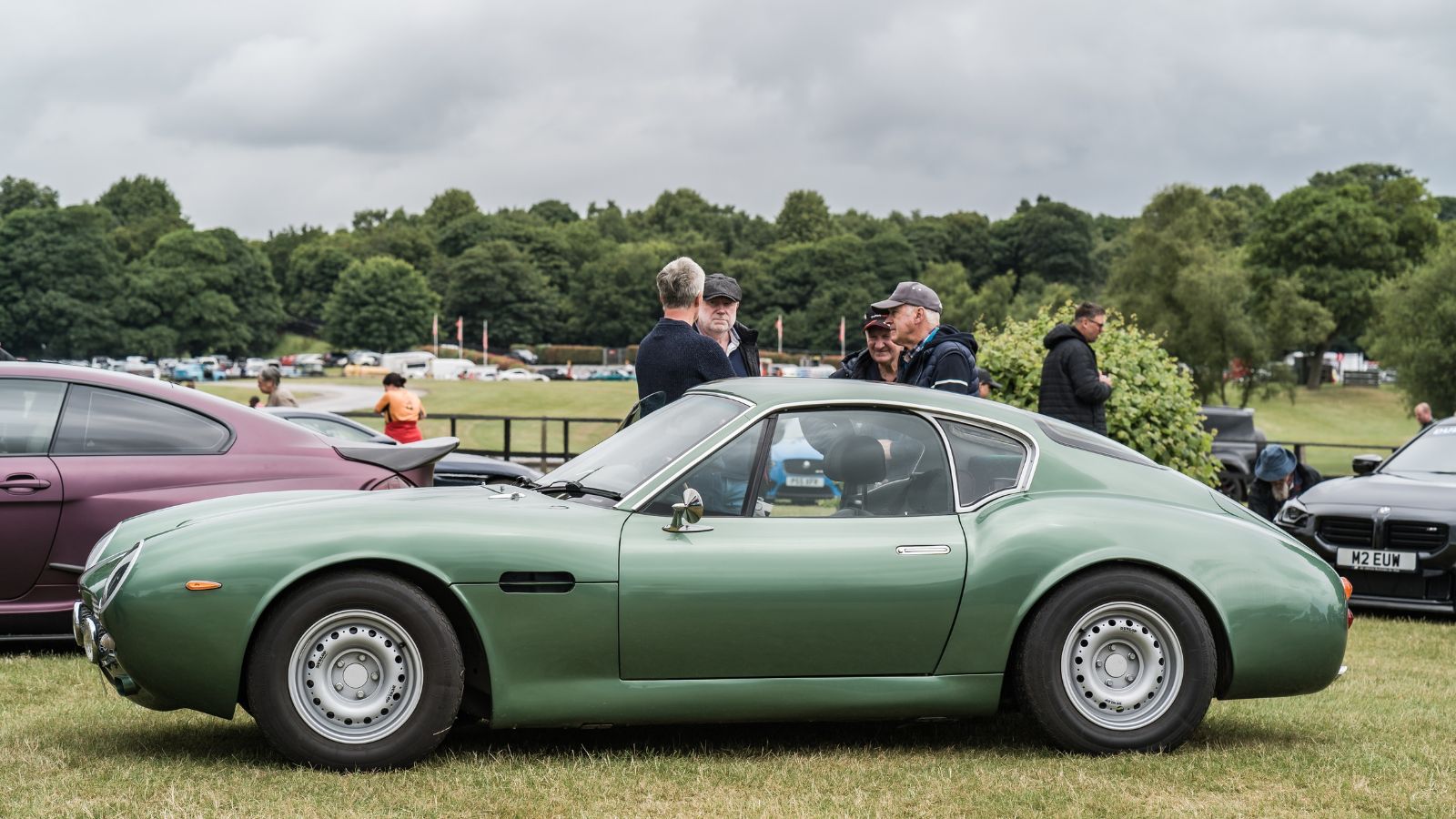
A collaboration between Aston Martin and Italian coachbuilder Zagato, the DB4 GT Zagato combines British engineering with Italian flair. Powered by a 3.7L inline six, this car was crafted for performance and elegance. Inside, it offers a luxurious feel with fine leather and minimalistic design. It remains one of the most coveted classic sports cars with a 0 to 60 mph time of 6.1 seconds.
1969 Chevrolet Camaro ZL1
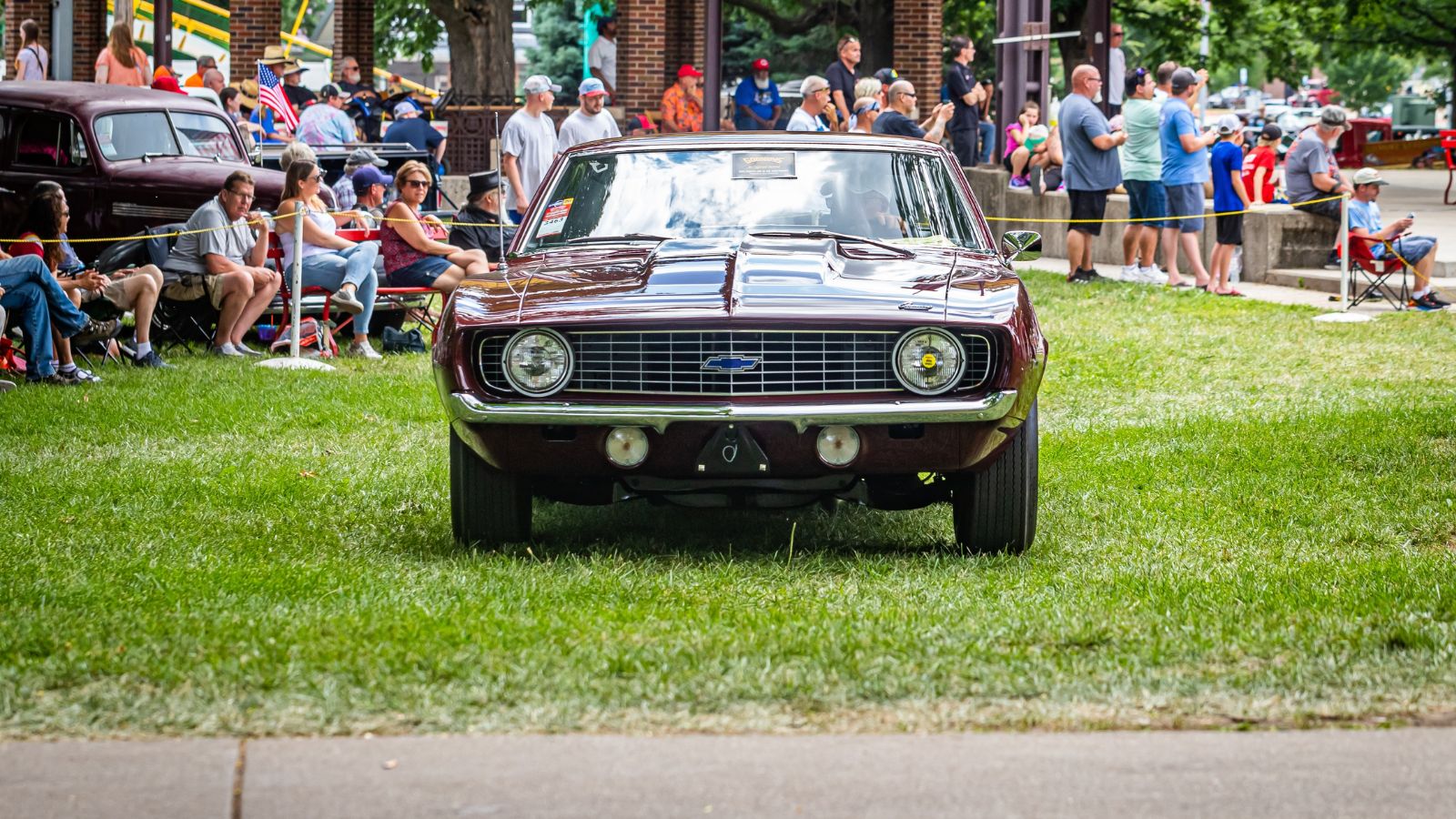
The Camaro ZL1 is among the rarest and most potent first-generation Camaros, featuring an all-aluminum 7.0L V8. With bold lines designed for performance, this model was created for drag racing. Inside, it’s a straightforward muscle car setup with sports seats and minimal frills. It sprints from 0 to 60 mph in 5.3 seconds, standing as an American classic that defined an era of high-performance muscle cars.
12 Cars That Are Known for Their Unbreakable Reliability — They Just Don’t Quit

Reliability is a core feature that defines a vehicle. Over the last few decades, some vehicles have emerged as a reliable and durable option, standing out as workhorses that never quit. These vehicles not only prove themselves in terms of performance but transcend their role and become reliable partners, always fulfilling their role. Here are 12 Cars known for their unbreakable reliability.
12 Cars That Are Known for Their Unbreakable Reliability — They Just Don’t Quit
